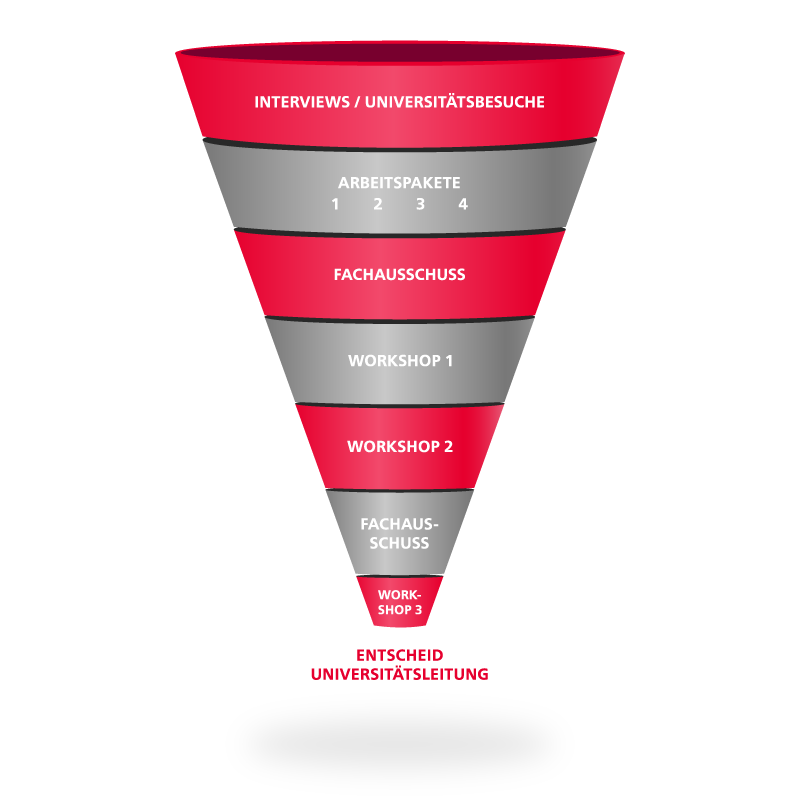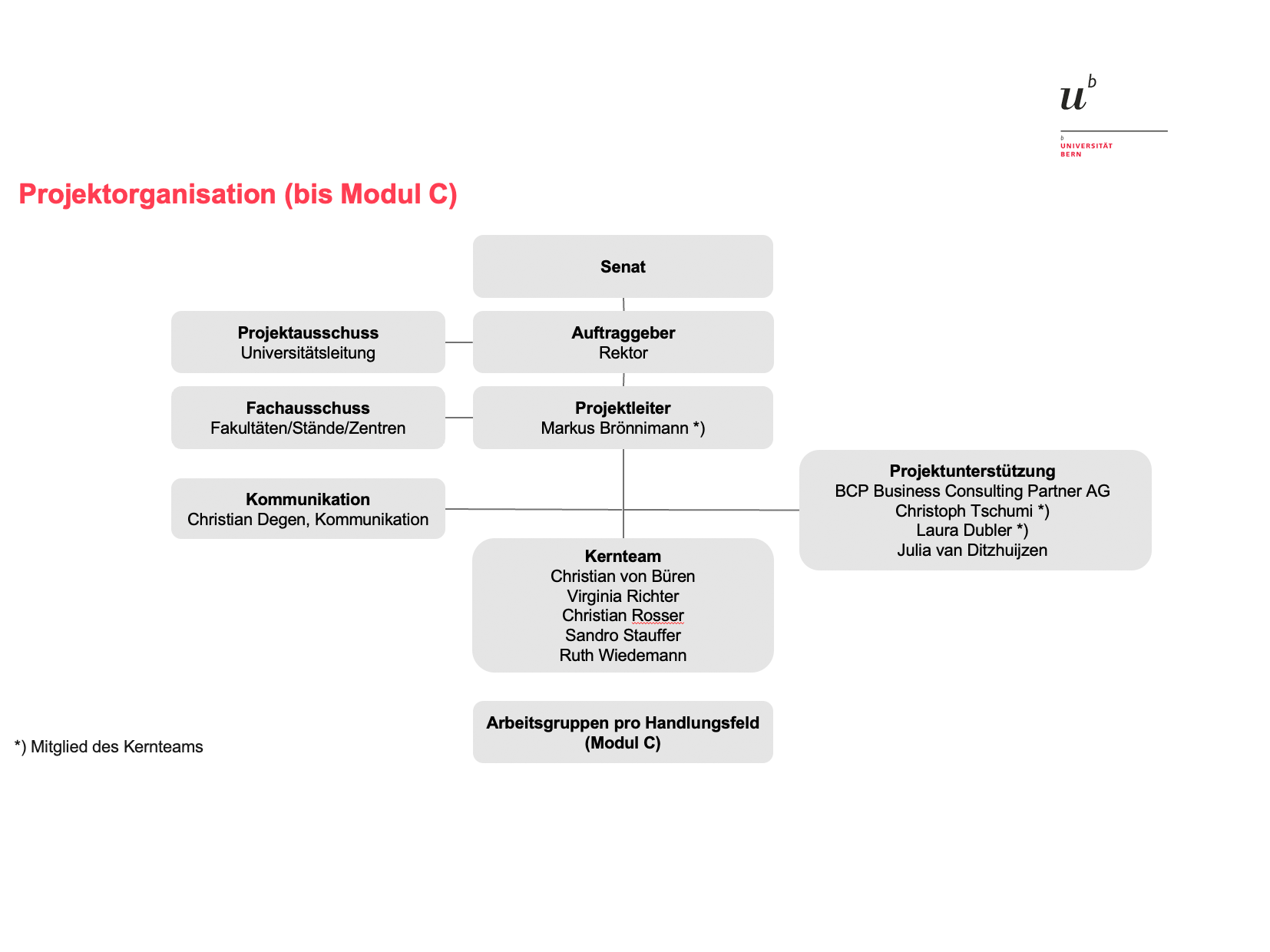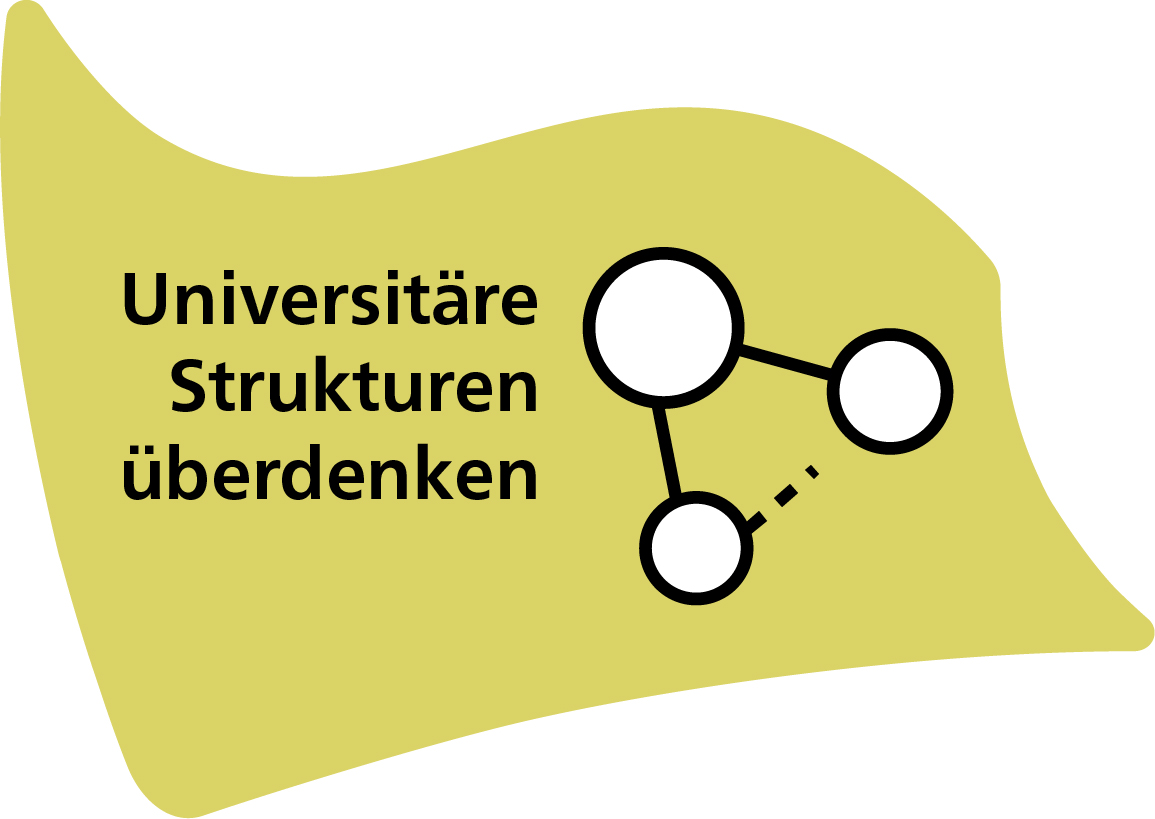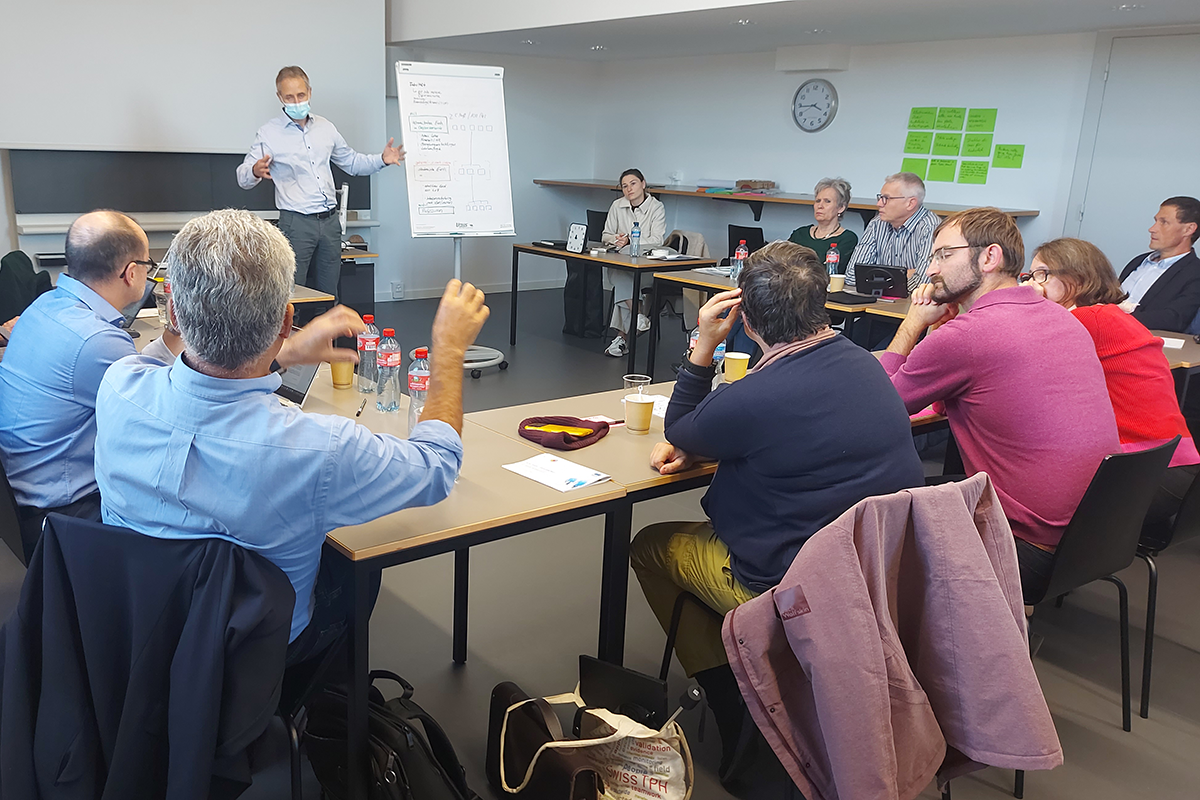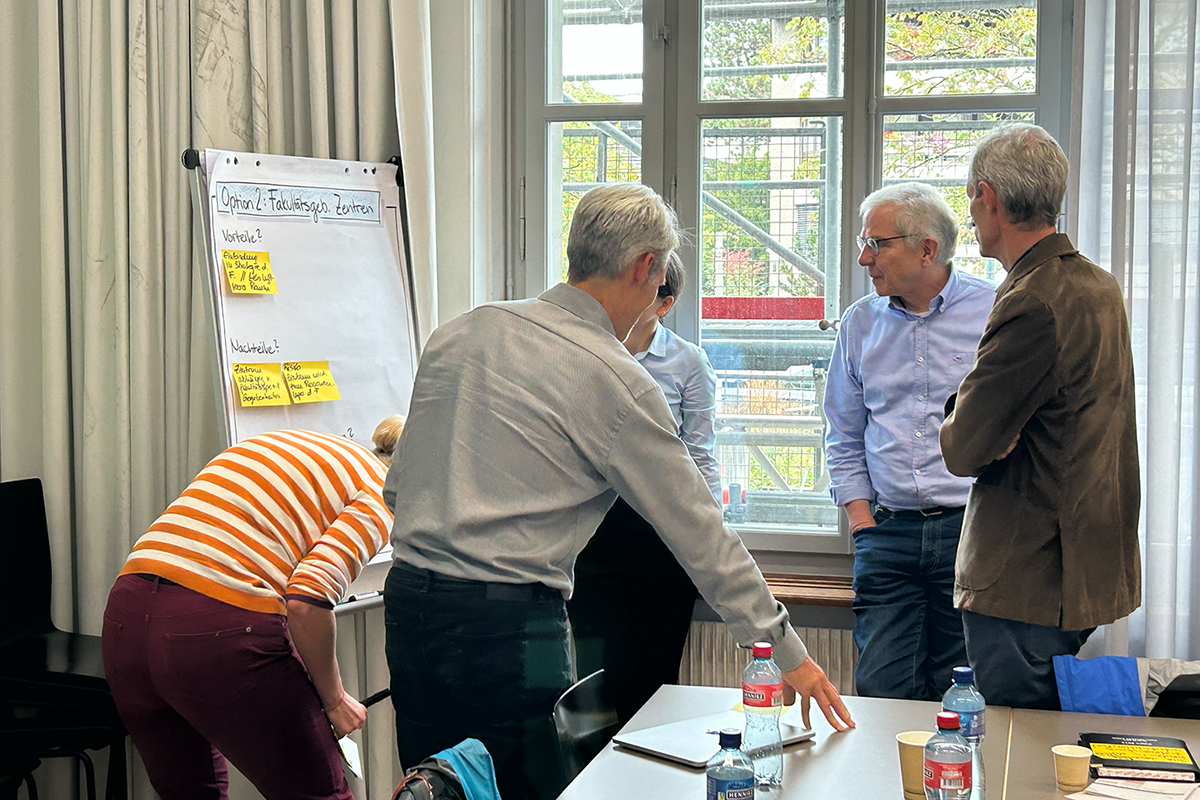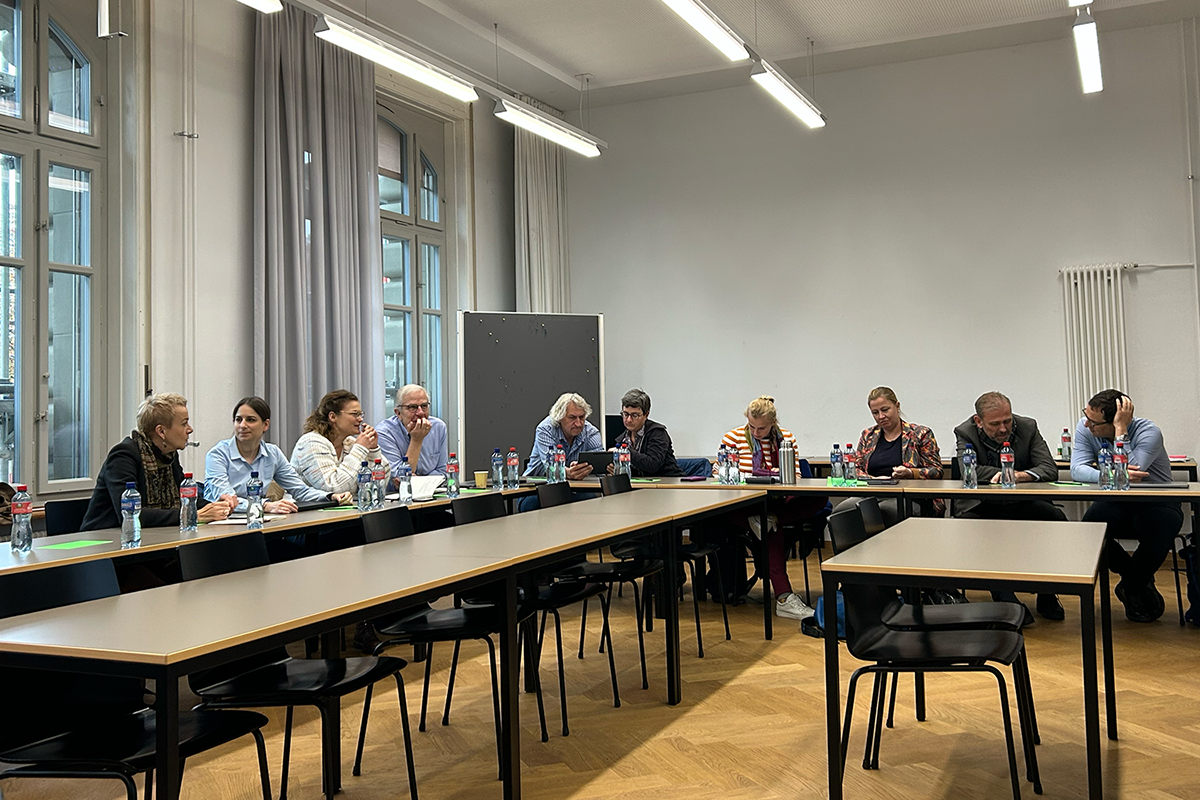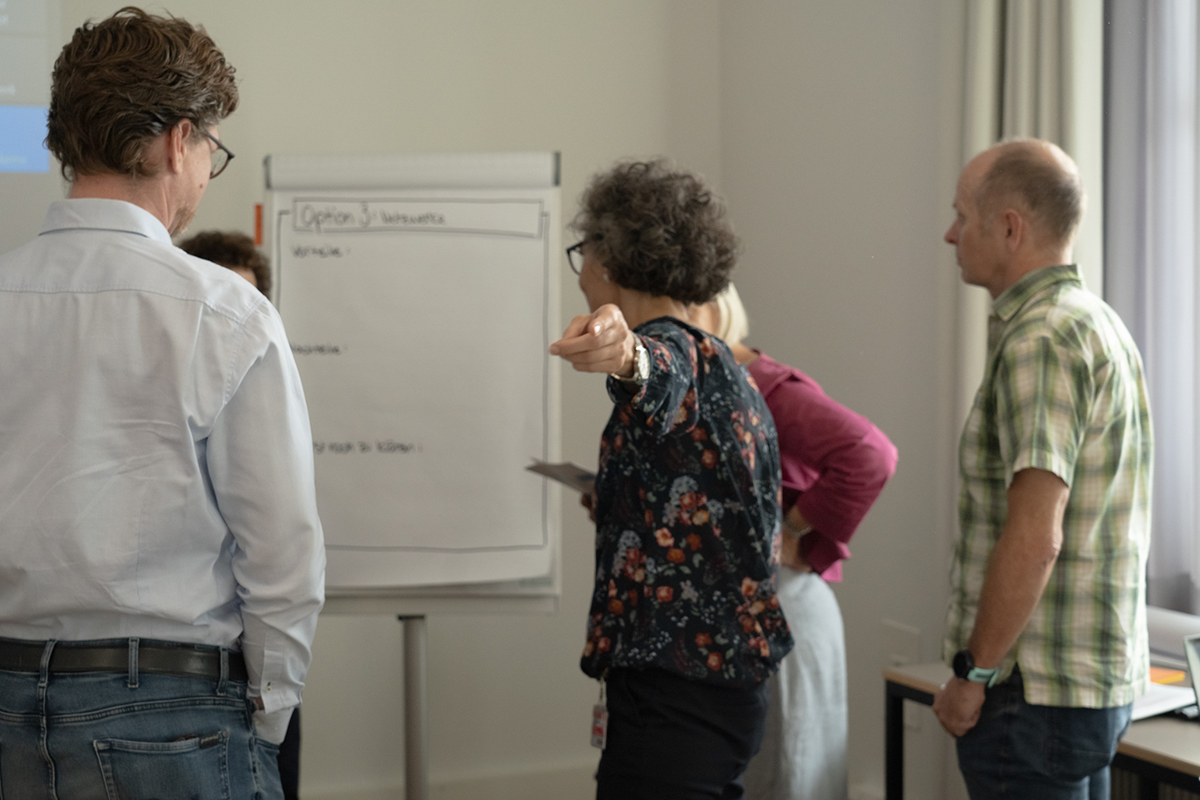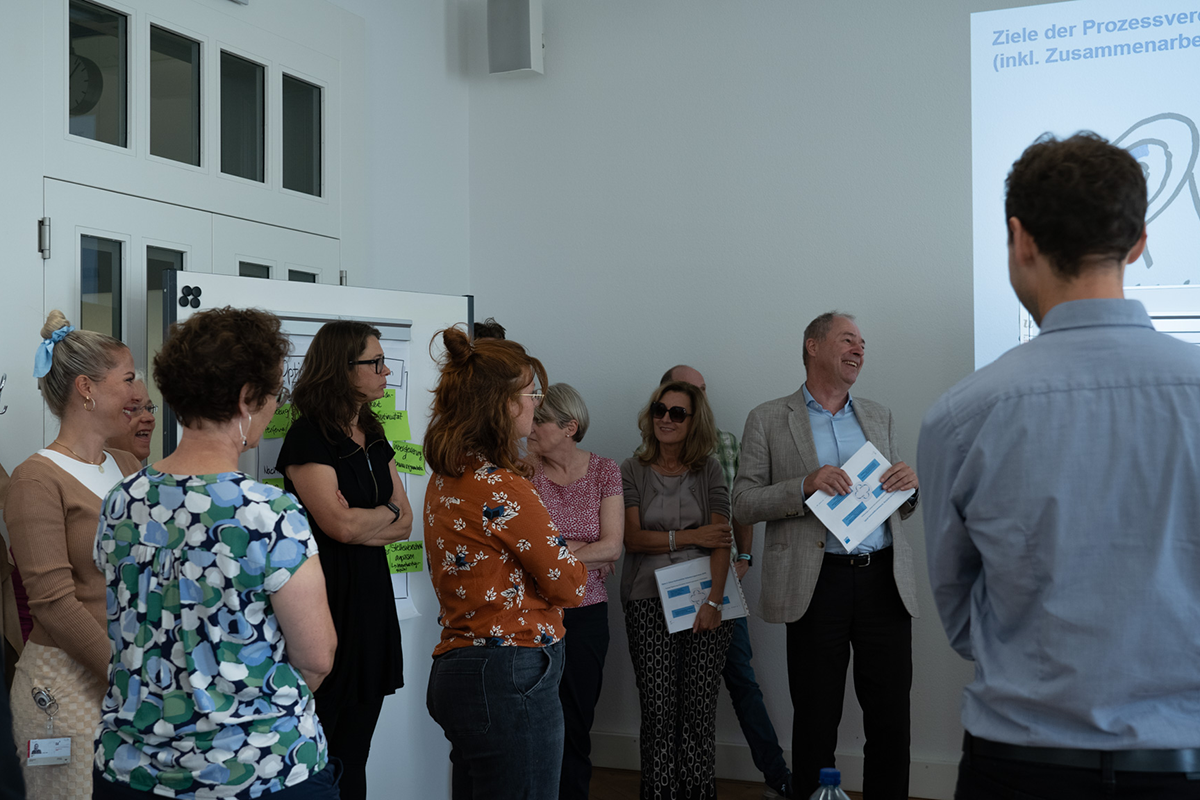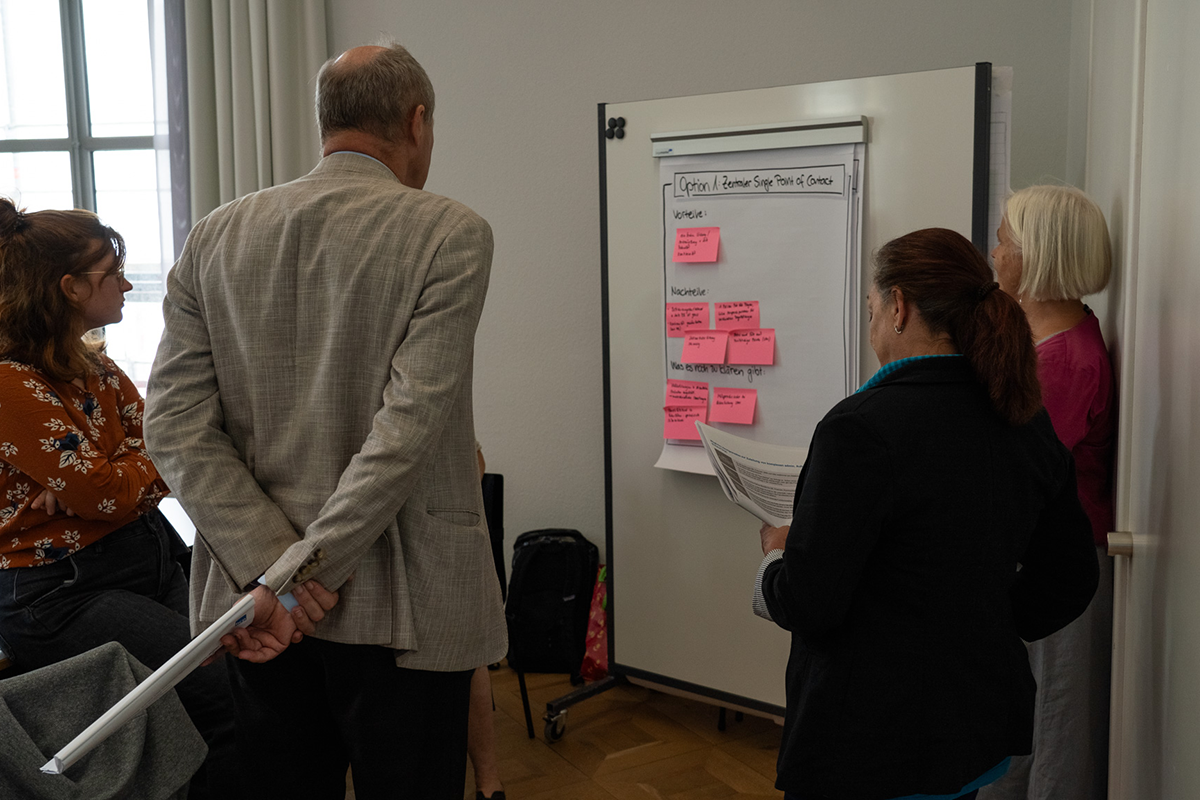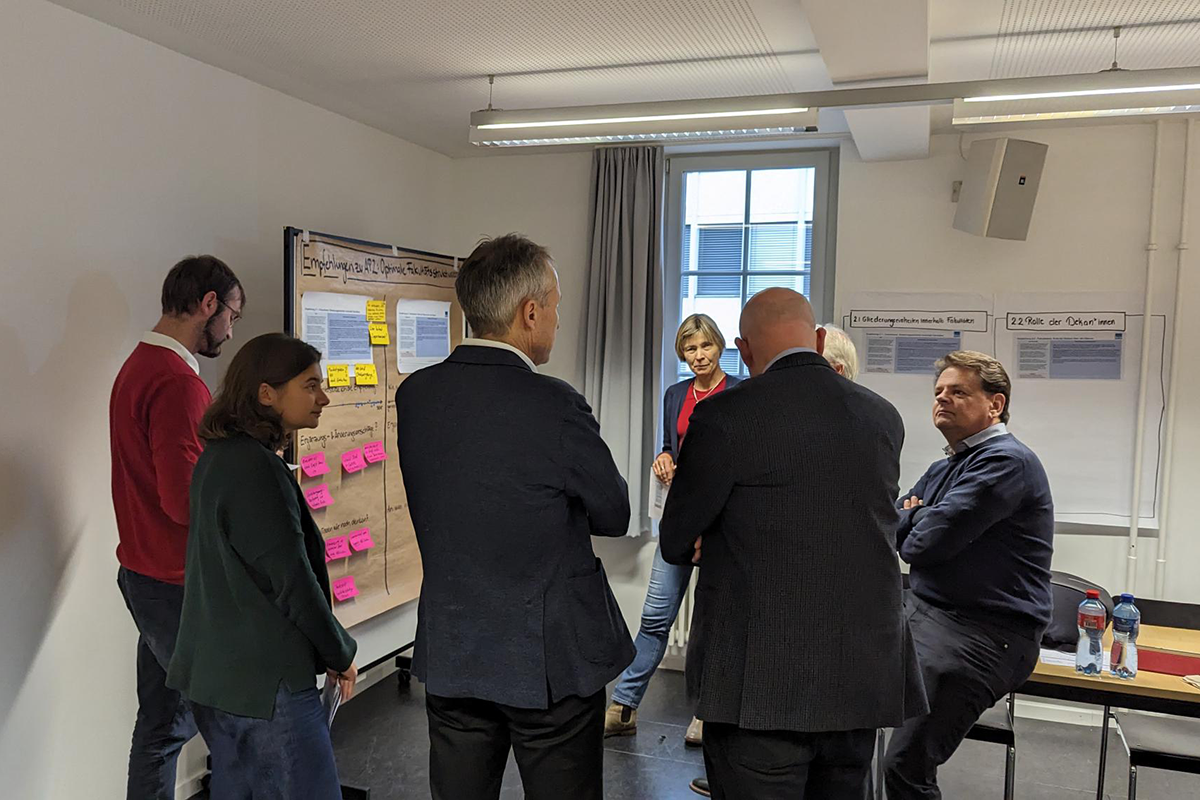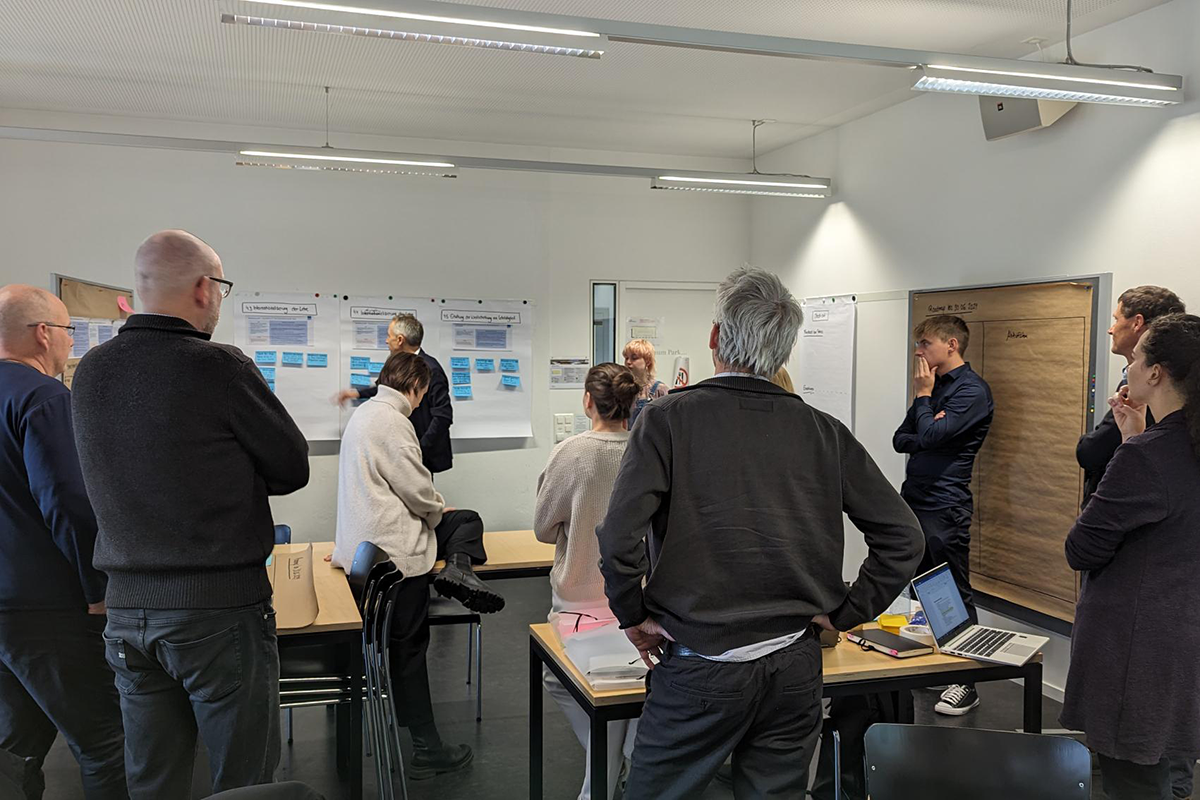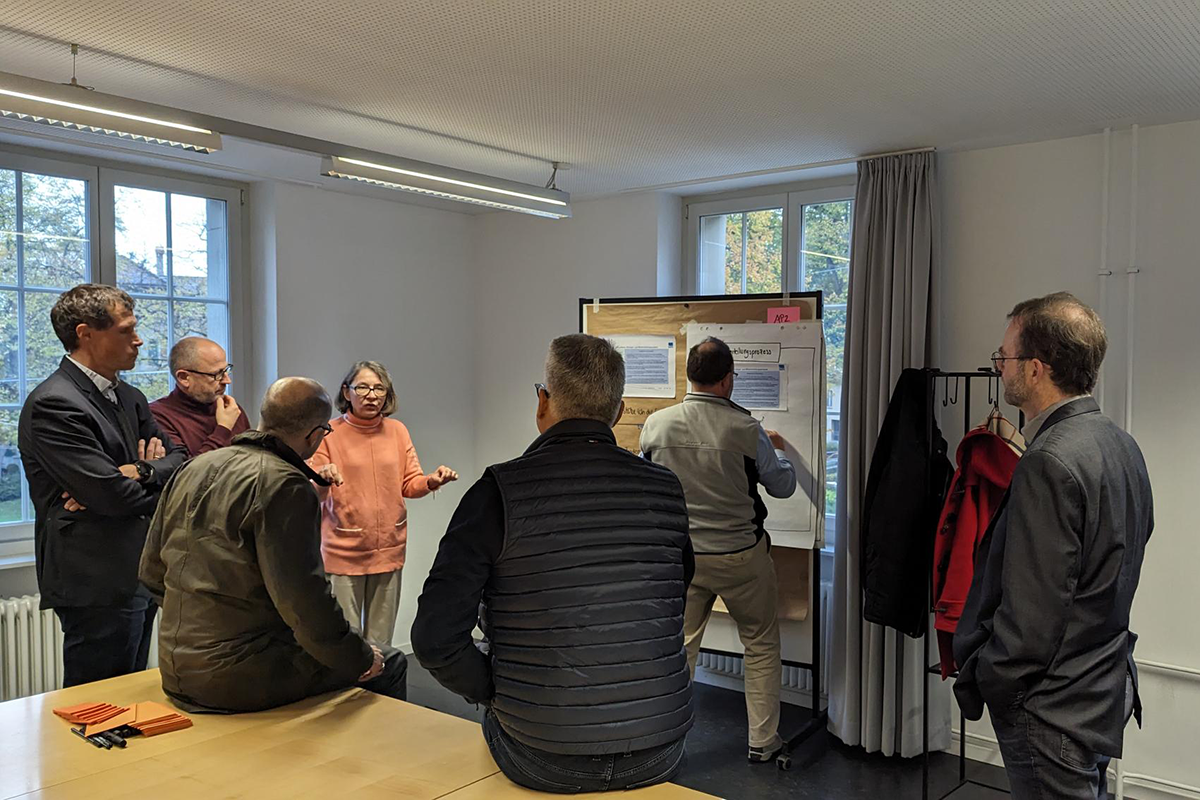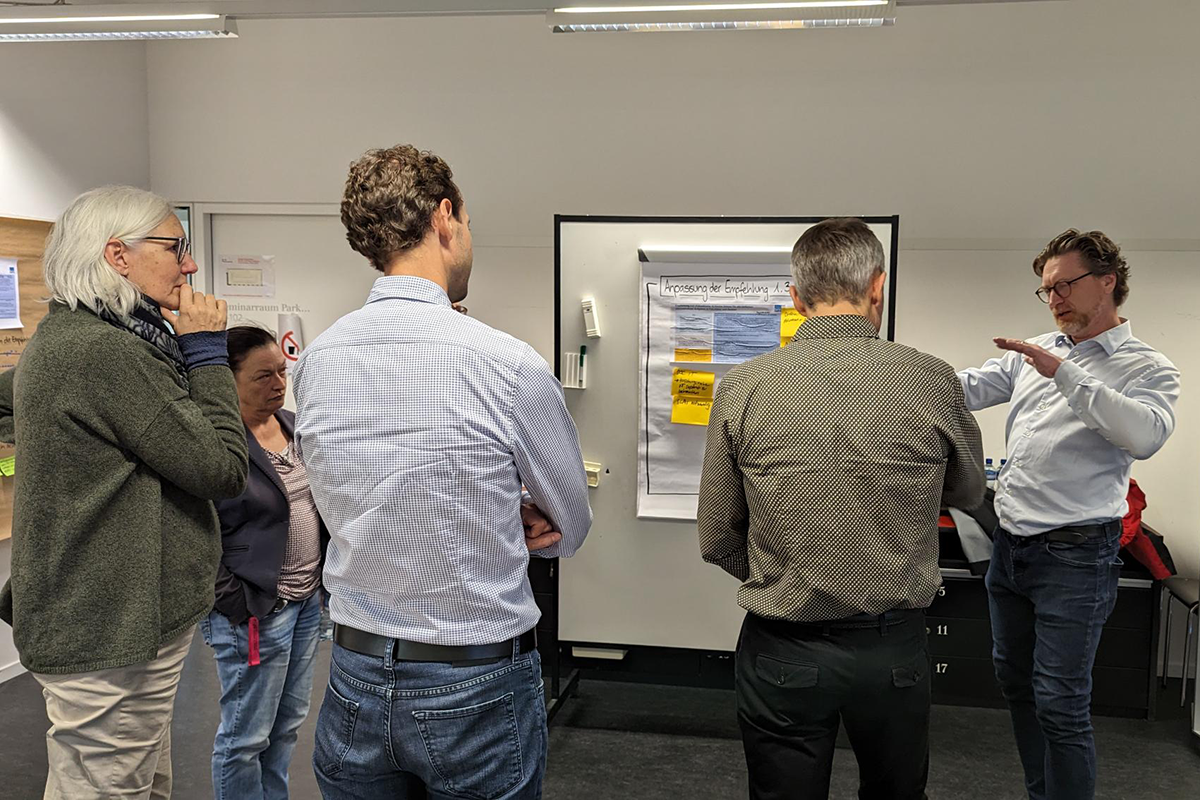Rethinking university structures
The University of Bern is pursuing Strategy 2030 and adapting its structure to prioritize its core responsibilities in teaching and research. The University will optimize its resources to ensure that they are sufficient for as much as possible.
The University Executive Board acknowledged the recommendations for the four work packages: "Efficient administrative organization", "Optimal faculty structures", "Excellent central research bodies" and "Organization for attractive teaching" in December 2023. At the request of the deans, a consultation phase was carried out with the faculties and the central administration units from January to May 2024. The final discussion between the university management and the deans took place on 6 June 2024.
After further discussion of the action area ‘Rethinking university structures’ during the 5th iteration in August 2024, the Executive Board of the University decided to pursue the following five recommendations as projects:
Project A: Implementation of working groups for selected topics with the aim of simplifying processes (lead Administrativ Director's office): A kick-off for the ‘Travel platform’ working group is planned for Q1 2025.
Project B: Faculty-administration interface (lead Administrativ Director's office): The recommendations for the formation of departments and the bundling of administrative processes (focusing on finance and HR) were combined in a project. The kick-off with the university management and the deans took place on 3 December 2024. The central administration units and two faculties are part of the first wave (realisation unit), which are starting implementation. A total of three waves is planned for implementation for the entire university.
Project C: Structure and development planning (lead Administrative Directorate's office and staff of the executive board of the University of Bern): As an entry to the topic, a visit to the University of Basel, which has already realised a similar project, is planned for early 2025.
Project D: Strengthening the directorate of studies (lead Vice-Rectorate Teaching)
Project E: Contracts with Centres (Lead Vice-Rectorate Research and Innovation)
Initial Situation
- The structures of the University have not changed fundamentally since it was founded in 1834.
- Society, research, and teaching, on the other hand, have.
- This is becoming increasingly visible in a wide variety of trends and places in everyday life.
- Syntegration showed the need for action.
- UL would like to examine the future viability of the structures in an open-ended project.
- The Senate acknowledged the project on 1.11.2022 with enthusiastic support.
Goals
- We can concentrate more on core tasks in teaching and research.
- Resources are used more efficiently so that they are sufficient for as much as possible.
- The structure and culture of UniBE supports Strategy 2030.
Process
Structural adaptation to a changed world
At their core, university structures have changed very little since the university was founded in 1834 - unlike the university's environment. The developments in society, research and teaching in recent decades have been immense, which is why today's structures are constantly reaching their limits. The university is now addressing this discrepancy as part of the "Fit for Future" program and will modify the structures.
The university wants to remain attractive as a place of teaching and as an employer in the future: This is the declared aim of the "Fit for Future" program, under whose umbrella around 40 representatives of the university defined the "Rethinking university structures" field of action in summer 2022. Attractive means, for example, that university members can concentrate on their core tasks in teaching and research and are not buried under administrative tasks. It also means using the university's resources efficiently so that they are sufficient for as much as possible and that the structure and culture of UniBE support the implementation of the Strategy 2030. These goals are to be achieved by revising the university's structures.
Moving forward together with a clear process
The process for revising the university structures attempts to incorporate as many perspectives and needs as possible. A multi-stage approach was chosen to ensure, among other things, that development is based on a solid foundation.
The first step was therefore to gain a comprehensive understanding of the current situation. To this end, the project team led by Administrative Director Markus Brönnimann conducted interviews with representatives of the faculties, centers, departments and the central division. In addition, the project team visited other universities, including EPFL in Switzerland, Radboud University in the Netherlands, the University of Helsinki in Finland, the University of Tartu in Estonia and Durham University in the UK, to examine their structures and gather experience.
Based on the findings from these interviews and visits, the expert committee, which consists of representatives from the faculties, stands and centers, assessed the initial situation and defined four work packages, which are now being worked on in workshops following approval by the Rector as part of the "Rethinking university structures" field of action. These are:
Work package 1: Efficient administrative organization
Work package 2: Optimal faculty structures
Work package 3: Excellent central research units
Work package 4: Organization for attractive teaching
Other topics where a need for action has emerged have been transferred to the other "Fit for Future" afields of action or to the line for processing so that none of the ideas and concerns are lost.
Development in three workshop rounds
For each of these four work packages, working groups are set up with selected participants from the affected areas. In doing so, care was taken to ensure that there were always representatives from the faculties, the centers, the mid-level faculty, the students and the central division. In three rounds of workshops, the working groups gradually deal with possible adjustments to the structures and develop recommendations for better structural solutions.
In the first round of workshops, a common understanding of the current situation and the need for action was created for each work package and focus topics were defined for each work package that should be prioritized when rethinking the structures.
In the second round of workshops, various options for the three to four priority focus topics per work package were discussed, further developed and evaluated on the basis of objectives. However, the resulting recommendations for optimization are not yet set in stone, so that there is still room for adjustments if important points that have not yet been considered emerge.
The focus topics and the recommendations drawn up by the working groups are then presented to the expert committee. The outcome of the discussion in the expert committee is incorporated into the third round of workshops. There, the recommendations are finalized for the attention of the university management, together with a rough roadmap for implementation. Impressions of the three workshop rounds can be found further down on this website.
By the end of the year, the university management will receive the recommended optimizations as a complete package. Once they have been approved for further processing, the implementation within the units concerned will be specified with the support of the project management and a detailed implementation plan will be drawn up. The optimizations are intended to keep options open for continuous further development, as changes in the university environment are and must be ongoing.
Work packages
Four work packages have been defined, which will be worked on within the framework of "Rethinking University Structures". Here you will find details on the four work packages:
Work package 1: Efficient administrative organization
| Goals |
|
| Intended result |
|
| Project participants |
|
Work package 2: Optimal faculty structures
| Goals |
|
| Intended result |
|
| Project participants |
|
Work package 3: Excellent central research units
| Goals |
|
| Intended result |
|
| Project participants |
|
Work package 4: Organization for attractive teaching
| Goals |
|
| Intended result |
|
| Project participants |
|

